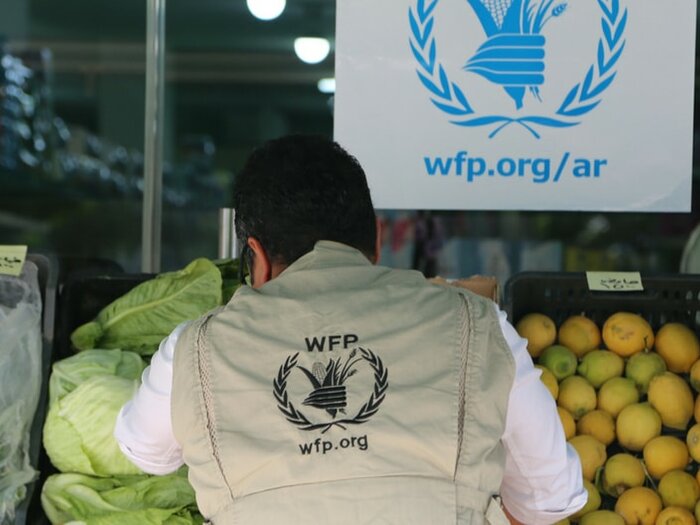Geneva – This week that marks five years since Cyclone Idai struck, affecting more than 2 million people across Mozambique, Malawi and Zimbabwe. In fact, on 12 of March in the night, Tropical Storm Filippo entered southern Mozambique, Inhassoro district in Inhambane province, with a very strong winds of up to 120 kilometers per hour. It exited back into the Mozambique channel on 13th of March through Gaza province. So, considering that the region, the provinces are already affected by El Nino phenomenon, water levels in some basins remained low.
The government preliminary data on the storm’s impact in Inhambane, Sofala, Gaza and Maputo provinces, indicate that more than 48,000 people have been affected and over 23,000 students and teachers are unable to attend classes. More than 10,000 houses have been partially or completely destroyed. There are more damages in key infrastructure like roads, power poles, health units and assessment continue to quantify the damages.
The climatic shocks come on top of already constrained WFP operations in the northern region because of conflict and insecurity. WFP and the UN are on standby to respond in support of the Government’s National Institute of Disaster Risk Management.
WFP can support more than 50,000 people with food rations covering 30-day food needs. WFP Mozambique and other UN agencies are already under significant pressure and constraints and not only for resources, but also because that we are handling multiple shocks.
The situation in Cabo Delgado remains of great concern. We have about 12 out of the 17 districts in Cabo Delgado, and also the neighbouring province of Nampula, which are impacted by a new wave of population displacement.
Between end of December and 3rd of March, there has been a new wave of violence by non-state armed groups attacks that have triggered 113,000 people fleeing and moving, in Cabo Delgado province, but unfortunately also crossing into the province of Nampula. This is the second largest population displacement since the beginning of the conflict in 2017.
Around 63% of the newly displaced people are children and 23% are women. WFP, UNICEF and the IOM, through the joint response plan, managed to assist 17,000 people in the southern part of Cabo Delgado and WFP is also responding by providing food assistance to 37,000 people who moved to Nampula province.
We are in a situation where we have to take tough decisions because resources are shrinking as population displacement is increasing.
Just to give you very brief statistics, in January 2023, WFP assisted one million displaced people in the northern part of the country. In January 2024, we managed to assist half a million of the affected people. We will have to further reduce food rations to 215,000 people starting in May. We have to take tough decisions moving forward.
We have already supported the Government of Mozambique in activating Anticipatory Action in response to the El Nino phenomenon. In many of the Southern Africa countries, including Angola, Botswana, DRC, Malawi, Mozambique, Namibia, Zambia and Zimbabwe, we have received the lowest rainfall between January and February timeframe in the last 40 years.
These extreme weather events, and the ongoing tropical storm, will likely increase the humanitarian needs in central and southern provinces of Mozambique. The very active conflict is driving a new wave of displacement with 113,000 displaced, most of them children and women.
Then we have the central and southern part of Mozambique affected by tropical storm Filippo and El Nino phenomenon causing loss of crops due to lack of water.
Crédito: Link de origem





Comentários estão fechados.